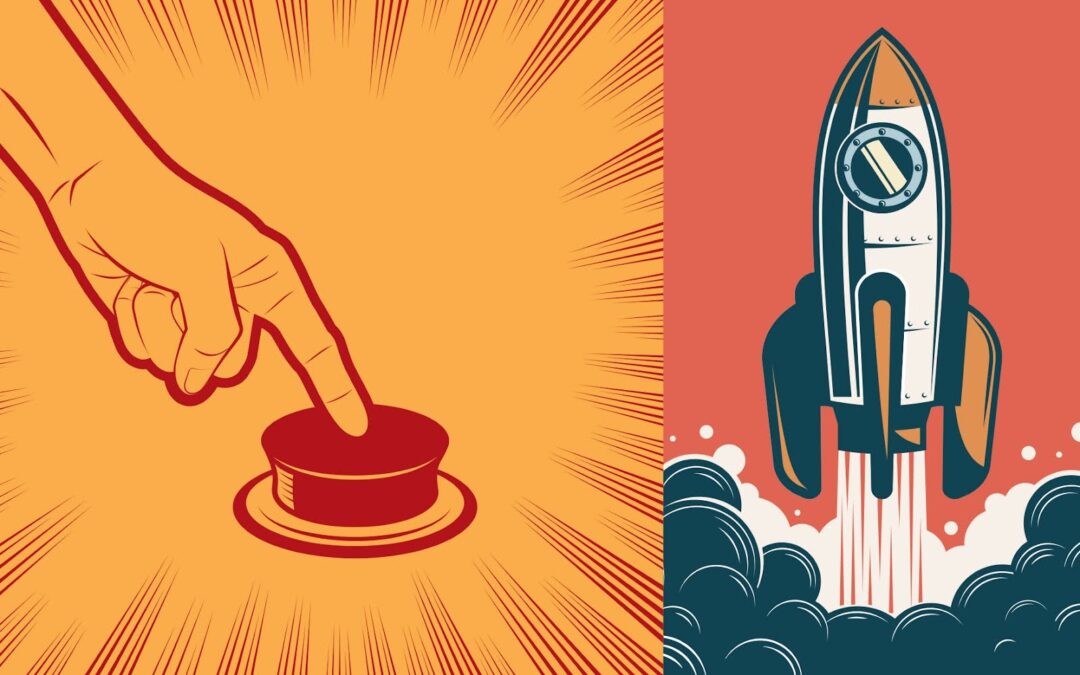In the world of social media, no button is more tempting than the “Boost” button. With just one click, it offers a shortcut to attention—a quick fix of visibility, engagement, and reach. But beneath that instant gratification is a bigger question: Are we boosting strategically, or just pressing it for the dopamine hit?
All social media platforms today offer a boost button, making it easy for the average user to launch a paid post. Boosting promises to launch your post into the stratosphere and beyond, gaining more likes and impressions than traditional organic.
However, there is a secondary way to launch well-planned Paid Social Ads and campaigns that give you access to a wider audience, better targeting, and more opportunities to connect. While they are similar, the difference could make or break your campaign goals.
The distinction between boosting a post and creating a sponsored ad comes down to control, targeting, and objectives.
Boost vs Paid Social Ads: What are the differences?
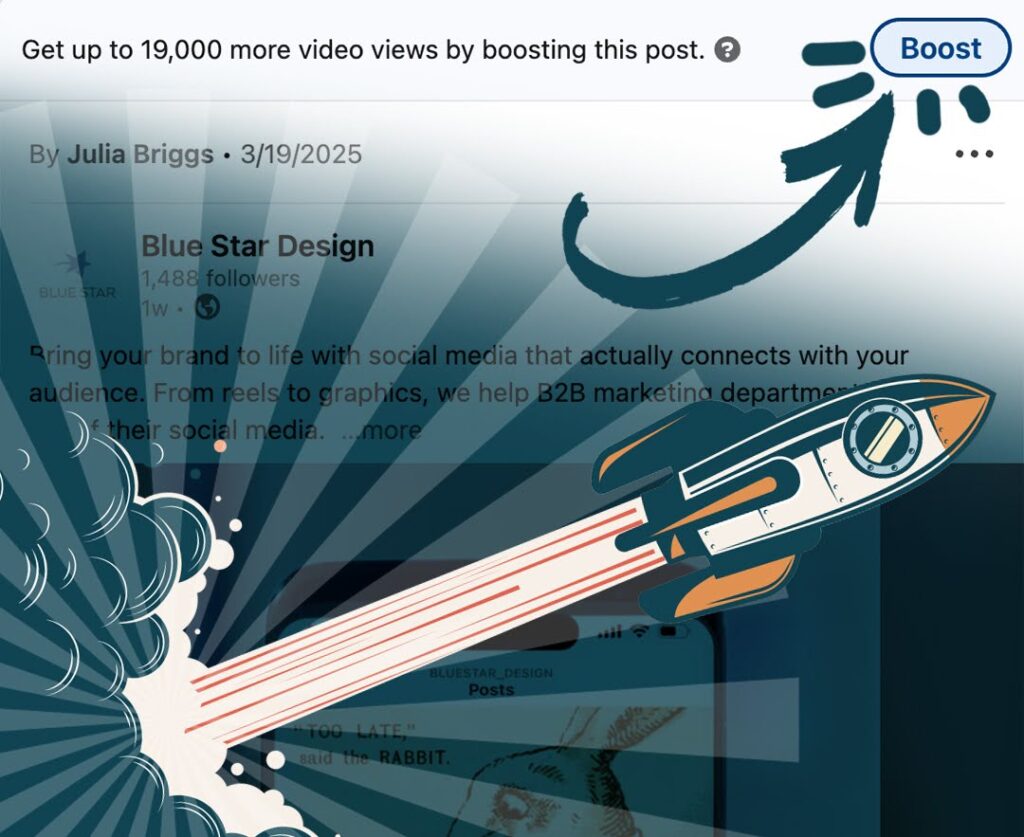
What does a boost do?
A boost is just that: It’s a way to take an existing social media post and expand its reach, showing it to a larger or more targeted audience. It’s sharing something organically and then paying to ensure more people see it, especially those outside your usual followers.
The benefits of boosting an organic post:
- Ease of use: Simple; just click and select a basic audience.
- Targeting: Limited targeting options.
- Customization: Minimal; you promote an existing post without changing its format.
- Objective: Primarily engagement (likes, shares, comments), website clicks, or messages.
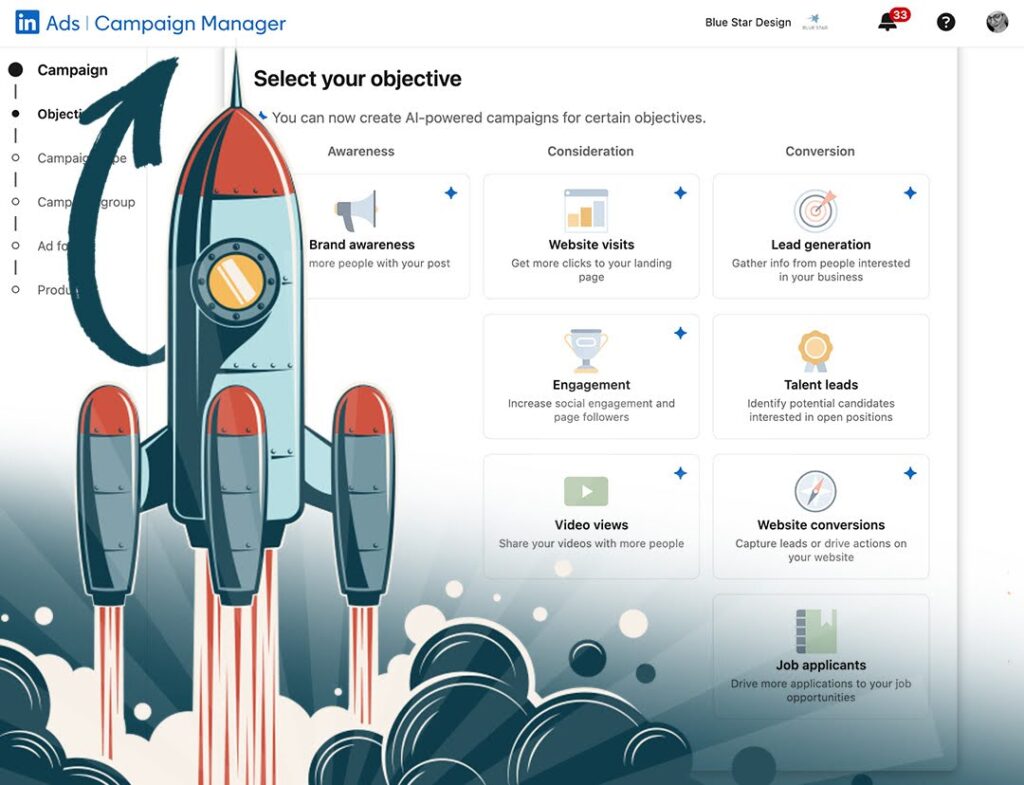
What does a paid ad do?
A paid ad is like a print advertisement, explicitly created for promotion. It’s more customizable, allowing you to target specific demographics, set different formats, and optimize for goals like website clicks or conversions. A paid ad is a strategic campaign built from the ground up and managed through the Ads Manager. Paid ads offer much more control over placement and spending.
The benefits of paid social ads:
- Ease of use: More complex but provides advanced options.
- Targeting: Highly detailed (custom audiences, look-alike audiences, retargeting).
- Customization: Can create unique ad formats (carousel, video, lead generation, etc.).
- Objective: Multiple campaign objectives (lead generation, website traffic, conversions, app installs, etc.).
Boost vs Paid Social Ads: Tracking Results
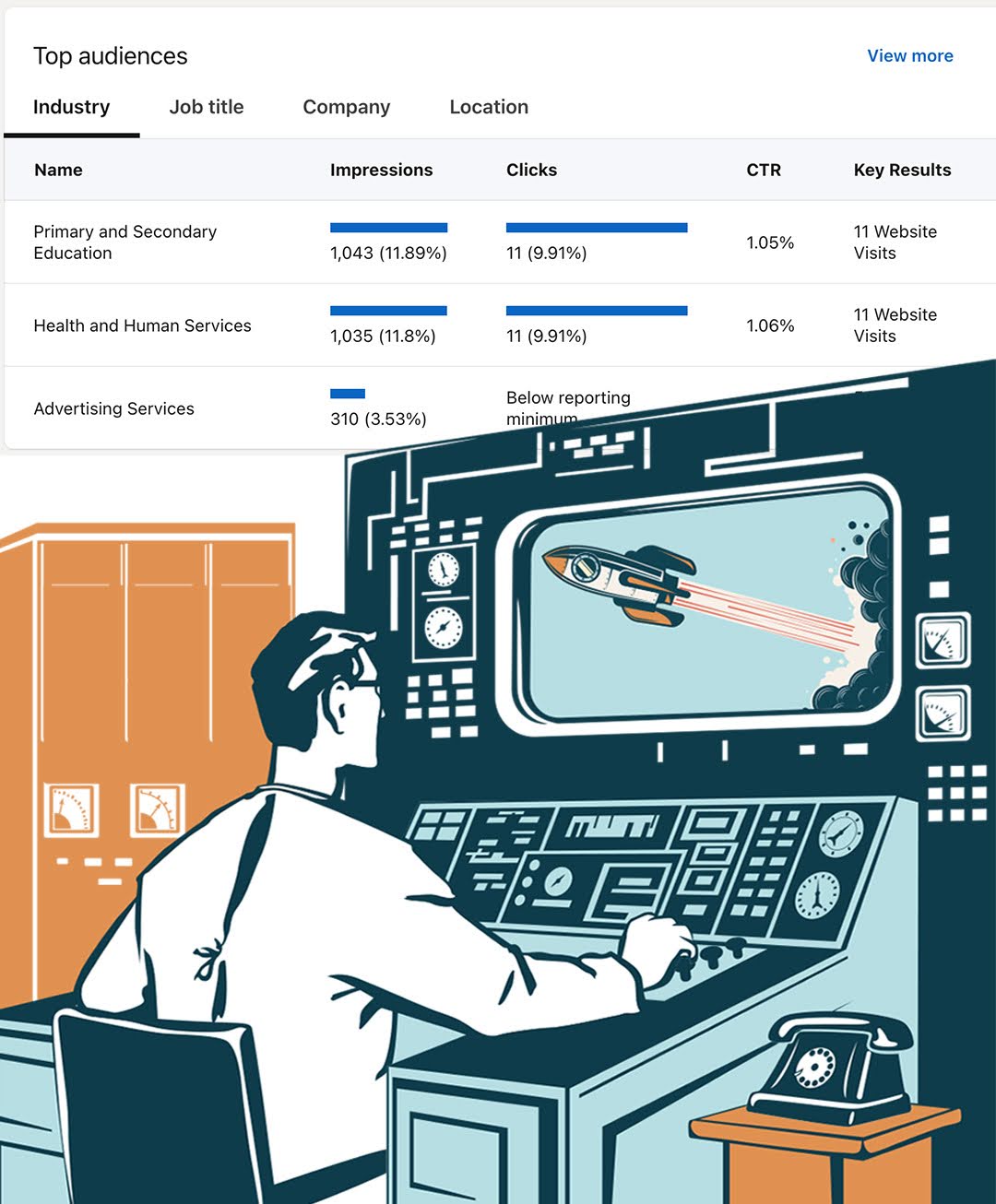
Houston, where’s the problem?
Every client wants to track the results of their ad spend, whether boosted or paid. This is where things get a little complicated.
While each social platform tracks results, Google Analytics (GA) reports go deeper and analyze where traffic is coming from and how it impacts views across your website. To track social media in GA4 today, you must set UTM parameters and set your links as “organic_social” or “paid_social” for Google to recognize and report.
UTM codes help Google provide information for tracking, conversion, and ROI. Without UTMs, engagement or traffic from boosted posts can get mixed in with your regular, unpaid social media traffic, which can skew performance reports and make it difficult to measure true ROI.
UTM codes are much more effective when used in paid ads rather than boosted posts because:
- Boosted post links can’t be changed. If you start with an organic post with an “organic_social” UTM parameter, you can’t change that when you go to boost. All your paid dollars will be identified as organic in GA4.
- Paid ads allow for precise tracking – When you run a structured paid ad campaign, you can add specific UTM parameters to track the exact source, campaign name, and even different ad variations to help determine which ad performs best and drives conversions.
So while boosting posts can increase visibility, paid ads with UTM codes provide more precise data and better tracking for ad performance.
To boost or not to boost?
Let’s make it simple.
- If your goal is brand awareness > go for a boosted post.
- If you want to drive measurable results like traffic, leads, conversions, and sales > then paid ads are the way to go.
With paid ads, you can strengthen the call to action. The post has a CTA button, which allows businesses to drive specific actions like “Sign Up,” “Shop Now,” or “Learn More” with just one click.
In the long run, paid ads are more strategic. They help businesses generate leads, sales, website traffic, or whatever your goal is. There are endless options depending on how deep and specific you want to go with your campaign.
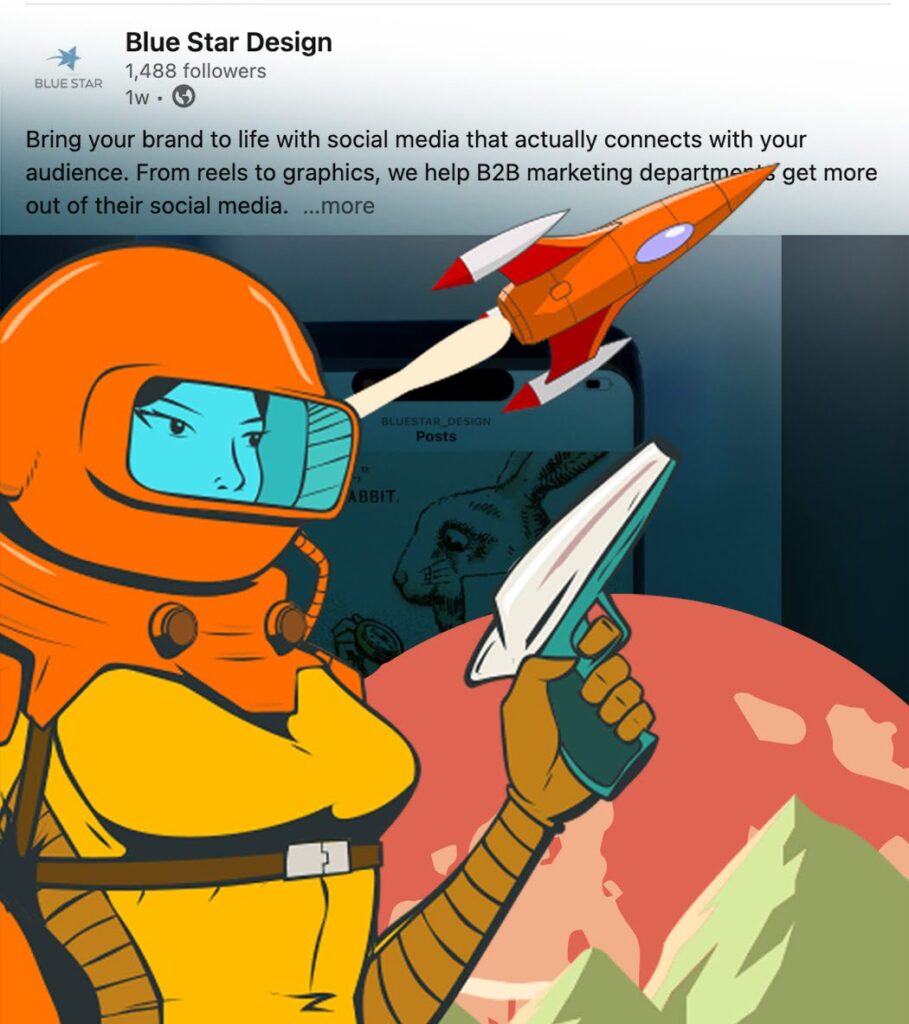
The Final Countdown
So, should you hit that big, shiny boost button?
Sure—if you just want a quick ride around the social media block. But if you want to launch a full-fledged marketing mission with precision tracking, targeted engagement, and real ROI, it’s time to suit up and step into the Ads Manager cockpit.
Need help navigating social? Our social team is here to help. Get in touch.
